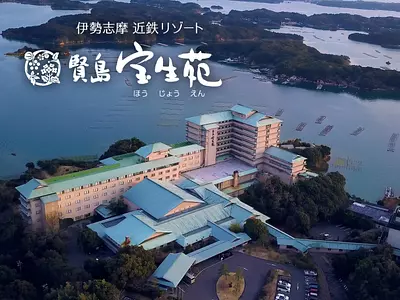Introducing Kuwana's specialty, ``Wakasaki Clam'', a popular dish at Sohonke Shinnosuke Kaishin♪
掲載日:2019.03.19
Kuwana City, KuwanaCity Prefecture is famous for producing clams. We would like to tell you about ``Clam Wakadaki'', which is a modern version of Kuwana's traditional food ``Clam Shigure-ni'', and ``Matsusaka Beef Shigure-ni'', which was created with the desire to let young people know about the Shigure-ni culture. Let me introduce you.
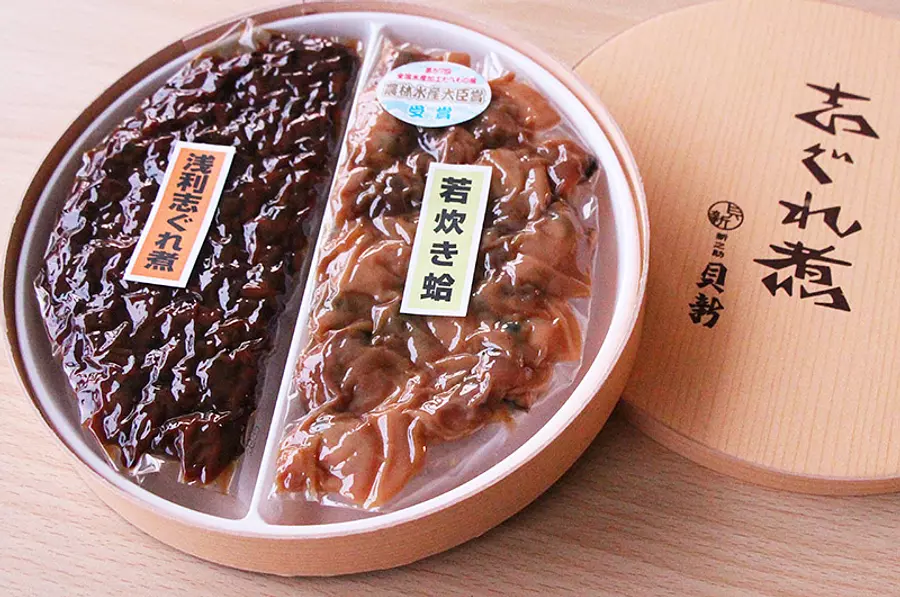
Kuwana City, KuwanaCity Prefecture is famous for producing clams. We would like to tell you about ``Clam Wakadaki'', which is a modern version of Kuwana's traditional food ``Clam Shigure-ni'', and ``Matsusaka Beef Shigure-ni'', which was created with the desire to let young people know about the Shigure-ni culture. Let me introduce you.
View product information for Sohonke Shinnosuke Kaishin Wakadaki Clam Assortment
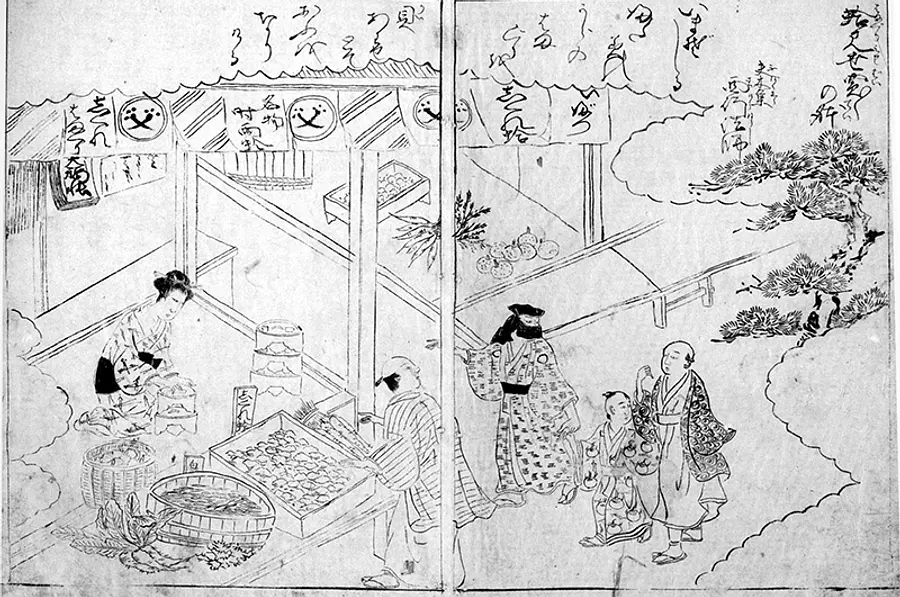
History of Kuwana and clams
Kuwana's clams have been famous since the Heian period, and there are even waka poems composed in the imperial court at that time that mention them. Surprisingly, Kuwana clams have been popular among the imperial court for over 1000 years.
It wasn't until the middle of the Edo period that clams became widely known. This was the period when Tokaido was developed and pilgrimages to Ise became popular. At that time, there was an explosive boom in pilgrimages to Ise, and as the famous products along the route spread to Edo and Kamigata, the name of Kuwana's clams became known to many people.
By the way, these clams were first eaten as grilled clams at street food stalls, but as time went on, stores opened and clam tsukudani became popular as souvenirs. It is said that ukiyo-e prints from that time also depict the state of clam merchants at the time.
This time, we spoke to Mizutani, managing director of Sohonke Shinnosuke Kaishin Co., Ltd., which has been in the clam business in Kuwana since the Edo period.
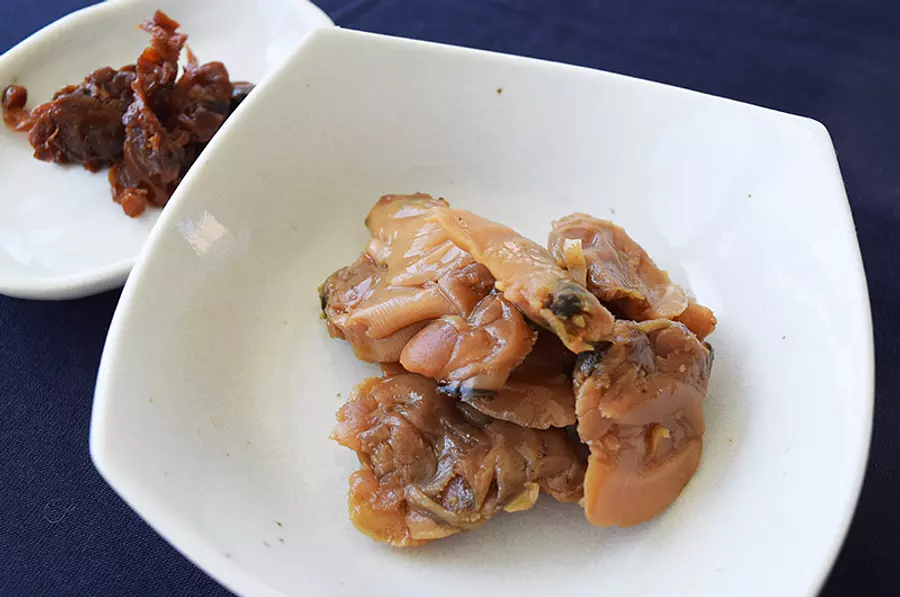
Kuwana's long-established store, Sohonke Shinnosuke Kaishin
“Sohonke Shinnosuke Kaishin Co., Ltd.” is a long-established company founded in the Edo period. At first, he was involved in processing clam shells into containers and selling them to Kyoto and Toyama.
As time progressed, food processing began, and the company began producing tsukudani made from local clams, clams, freshwater clams, and other ingredients.
Currently, we are focusing on our main products, ``Shigure-ni'' and ``Wakataki-ni'' (boiled clams), `` Ise GreenTea Shigure'', which we developed in collaboration with a tea manufacturer in Yokkaichi, and ``Bamboo Shoot Soft'', which is made with boiled bamboo shoots grown in Kuwana's bamboo groves. We are also focusing on developing products that use local ingredients, such as ``Ni''.
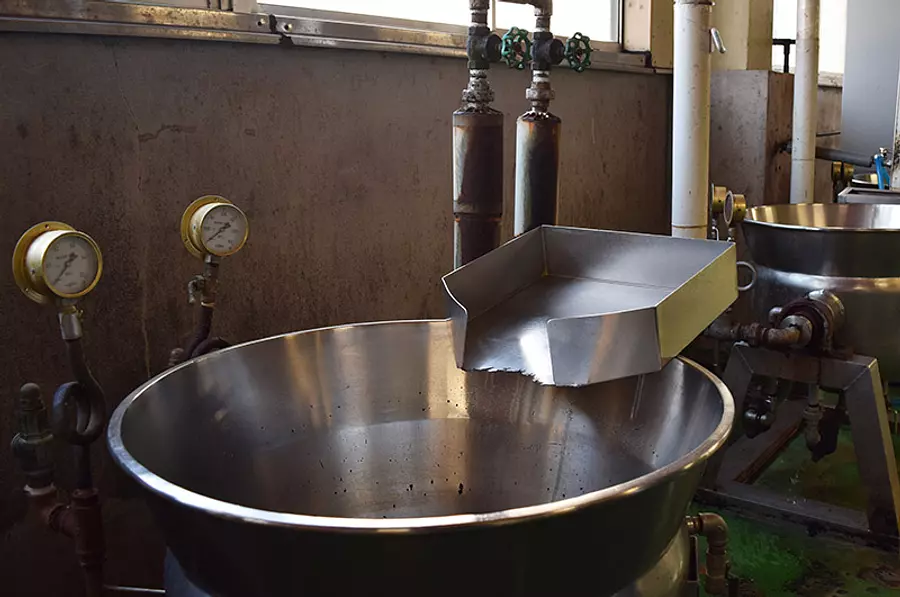
A processing factory where the experience and skills of craftsmen shine
Next, we will tour the processing plant.
All of the pots lined up are custom-made. They seem to be particular about cooking with steam instead of using fire. Steam is applied to two places, the side and the bottom of the pot, allowing for optimal heating depending on the product.
The way to check the heating condition is to determine the state of bubbles when the liquid rises. It is a place where the experience and skills of the craftsmen are showcased. Due to the floating cooking method, the concentration of the liquid changes each time it is added, so it requires skill and skill to achieve the same color, luster, and taste. Currently, a man in his mid-30s is manufacturing products as the factory manager and person in charge, and he seems to be working hard every day to consistently produce high-quality, delicious products.
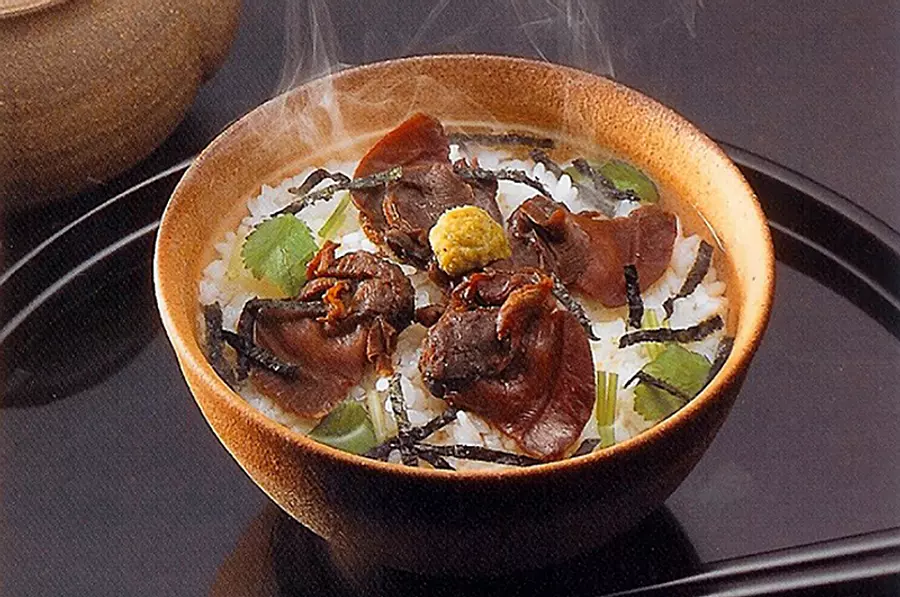
Definition of “Sigureni”
By the way, do you know the definition of "shigure-ni"?
When I asked Mr. Mizutani this question, he said that Shigureni also has a definition. It is made using a method called ``flotation'' and uses ``tamari soy sauce.''
``Utase-daki'' refers to a method of cooking in which the motodamari (leftover broth) that was previously prepared is added to the rice. It is said that by not boiling down when cooking, but by adding the motodamari, the soup stock and umami of the shellfish concentrated in the motodamari will be absorbed into the sigure-ni, resulting in a delicious sigure-ni. It is said that each manufacturer in KuwanaCity has a similar original damari, which creates the ``long-established taste'' of each.
Another feature of Shigureni is that it uses ``tamari soy sauce.'' Tamari soy sauce is a soy sauce made from soybean-derived ingredients that comes out during the miso making process. Tamari soy sauce is richer in amino acids than regular dark soy sauce, and has a rich flavor and beautiful color. Sohonke Shinnosuke Kaishin apparently uses a local soy sauce manufacturer to make custom-made tamari soy sauce.
The recommended way to eat it is to chop it up and eat it on top of hot rice. Other than that, it seems that you can eat it with ochazuke and it will go well with the rice.
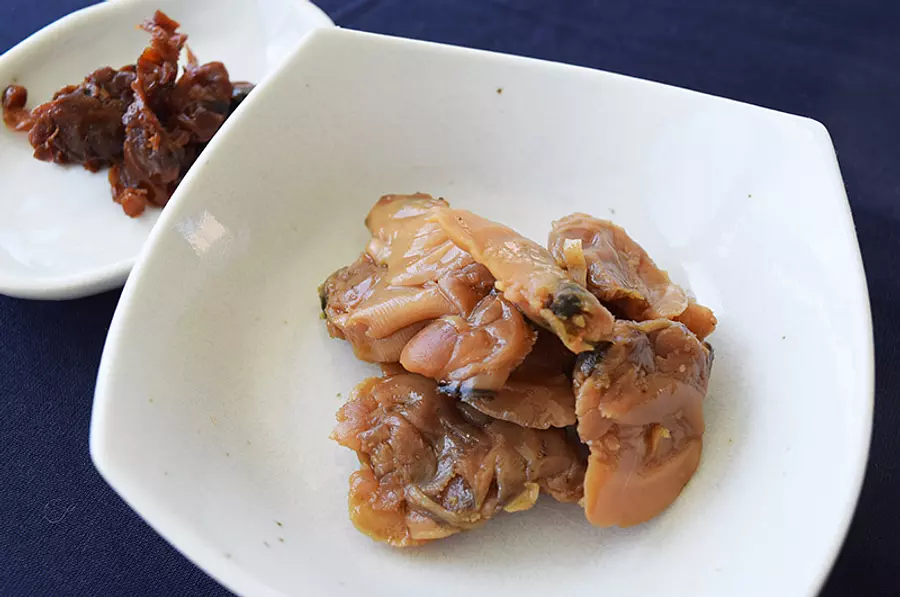
Create products that suit the times
Sohonke Shinnosuke Kaishin also makes a product called ``Wakataki clam'' in addition to Shigureni. This young cooked clam was developed and commercialized about 50 years ago in response to the growing need for softer, lighter-tasting products. It is a masterpiece that allows you to enjoy the fluffy texture of the shellfish because it is cooked in a shorter time than regular shigureni.
In addition, Matsusaka Beef Shigure was developed about five years ago in order to introduce the appeal of Shigure-ni to the younger generation, who are increasingly away from eating shellfish. The delicious taste of Matsusaka beef fat and the exquisite taste of tamari soy sauce made by head chef Shinnosuke Kaishin.
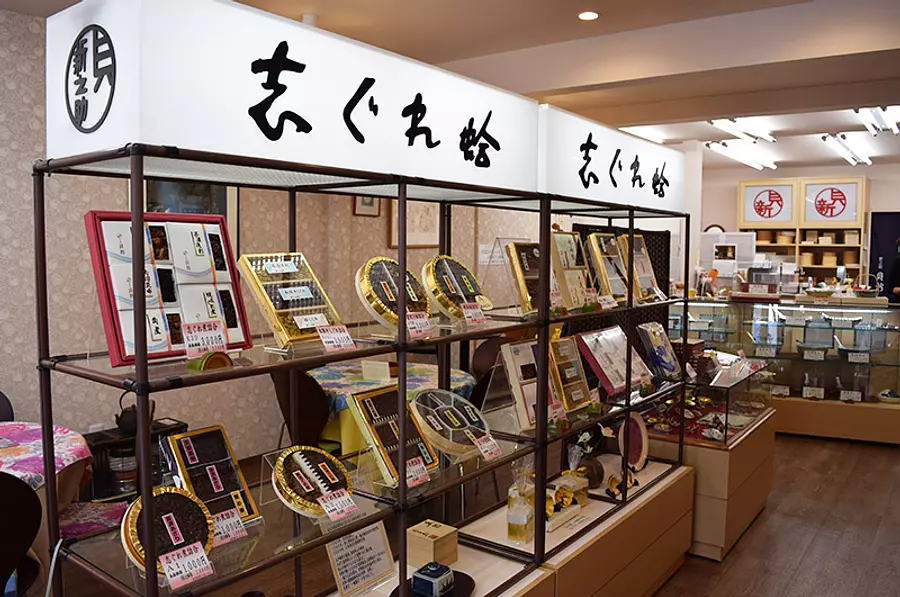
A long-established store that continuesto evolve
Shinnosuke Kaishin also changes the seasoning of its standard products to match the changing times.
For example, in the past, there was a process of pouring soy sauce into a large barrel and soaking the cooked clams again to absorb the flavor, and some clams were marinated in tamari soy sauce for about a year. Mizutani says, ``I think that would be too difficult for modern consumers to accept.''
Shinnosuke Kaishin, who runs event sales at department stores across the country, seems to reflect the opinions of customers who visit the sales floor in the creation of his products.
It seems that customers' tastes for Shigure-ni differ depending on the region; for example, people in Osaka tend to prefer a lighter flavor, while those in Kyushu tend to prefer a sweeter flavor. That's why Shinnosuke Kaishin brings out his products with different recipes and seasonings depending on the local event.
Our constant efforts and research in product development to please our customers may be the secret to our survival as a long-established company that has been around for hundreds of years.
Please enjoy this masterpiece, which is filled with the passion and deliciousness of such a long-established store.
View product information for Sohonke Shinnosuke Kaishin Wakadaki Clam Assortment
| Category | |
|---|---|
| season | |
| area |

